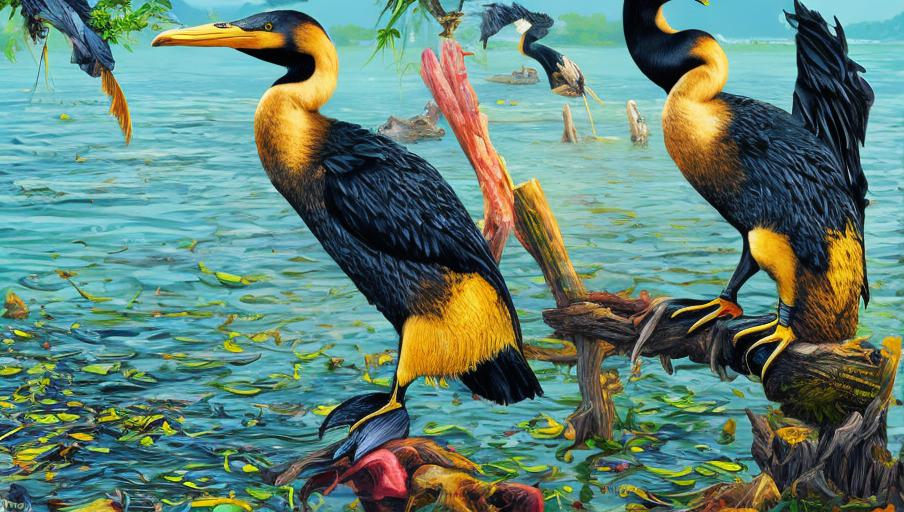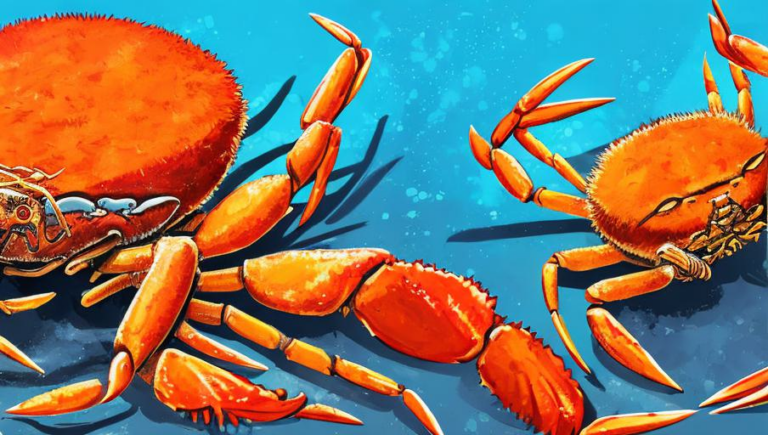Legacy of Cormorants: How They Have Adapted Over Time

Introduction
Cormorants are a type of water bird that can be found in many parts of the world, from coastal areas to inland wetlands and lakes. They are best known for their signature dive-bombing style of fishing, which involves plunging head-first into the water in pursuit of prey. Their physical adaptations and behaviors have allowed them to become successful hunters and to survive in a variety of environments.
Physical Adaptations
Cormorants have a number of physical adaptations that allow them to be successful hunters. These adaptations include webbed feet which help them to swim quickly and powerfully, as well as long necks which are ideal for reaching underwater to grab hold of prey. They also have sharp, hooked bills that help them to secure and hold onto their prey. Furthermore, they possess a thick layer of waterproof feathers which help to insulate them and keep them dry while swimming.
Behavioral Adaptations
In addition to their physical adaptations, cormorants have also developed a number of behavioral adaptations over time. One of the most well-known behaviors is their dive-bombing style of fishing, which involves them plunging head-first into the water in pursuit of prey. They also possess an ability to dive deep underwater for extended periods of time, which allows them to access prey that is otherwise out of reach. Additionally, cormorants are highly social and often hunt in groups, which gives them a better chance of success.
Cormorants in the Wild
Cormorants can be found in a number of habitats, from coastal areas to inland wetlands and lakes. They are most commonly found in areas with an abundance of fish and other aquatic prey, as this is their primary food source. In some cases, cormorants have been known to migrate to other areas in search of food, which has allowed them to expand their range and become more widespread. Furthermore, cormorants are known to be highly adaptable to different climates and are capable of thriving in a variety of habitats.
Threats to Cormorants
Despite their physical and behavioral adaptations, cormorants are still vulnerable to a number of threats. One of the most significant threats is the destruction of their habitats due to human activities, such as logging, development, and pollution. Additionally, some cormorant species are threatened by overfishing, as their food sources are depleted by humans. Finally, cormorants are also vulnerable to climate change, as rising temperatures can affect their ability to find food and suitable habitats.
Conclusion
Cormorants are a type of water bird that have successfully adapted to a variety of environments over time thanks to their physical and behavioral adaptations. Despite this, they are still vulnerable to threats such as habitat destruction and overfishing, as well as climate change. It is important that we work to protect cormorants and their habitats in order to ensure their survival for generations to come.





